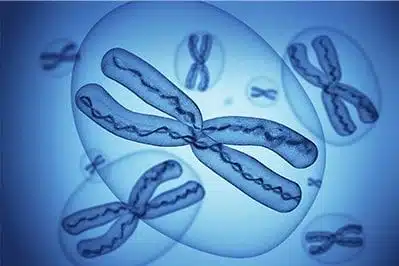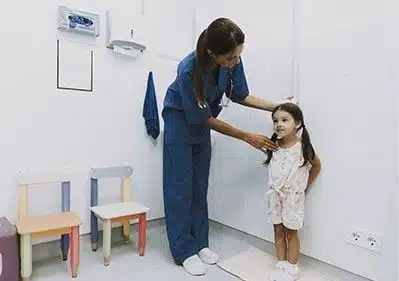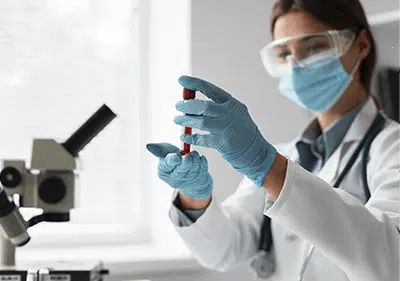
Turner Syndrome
What is Turner Syndrome?


Related Symptoms
During a prenatal ultrasound, certain signs suggest TS, such as:
- Kidney abnormalities
- Delayed growth
- Less developed nails
- Heart abnormalities
- Flat feet
- Ear prominence
- Rounded spine
- Webbed neck

During a prenatal ultrasound, certain signs suggest TS, such as:
- Kidney abnormalities
- Delayed growth
- Less developed nails
- Heart abnormalities
- Flat feet
- Ear prominence
- Rounded spine
- Webbed neck
Medical Diagnosis

If a doctor suspects Turner syndrome, they will run a karyotype test on the patient to establish their number of chromosomes. Through this test, they can identify if any chromosomes are abnormal. Diagnosis of Turner Syndrome typically happens after birth or during puberty.
Turner syndrome Treatment Options

Early diagnosis of TS is essential for successful treatment as there’s no ultimate cure. The FDA approved HGH therapy for Turner Syndrome in 1996 to help progress towards normal maturation. Endocrinologists will monitor the symptoms and recommend a specific dosages for each case in HGH treatment. They may also opt for estrogen replacement therapy to help young girls develop certain physical characteristics associated with puberty.
FDA Approved Usage
HGH (Human Growth Hormone) or Somatropin has been approved to treat this condition.
Frequently Asked Questions
What is Turner Syndrome, and how does it affect individuals?
Turner Syndrome is a chromosomal disorder that affects females, characterized by the partial or complete absence of one of the X chromosomes. It can present numerous anomalies affecting various body systems, including sexual development issues, short stature, heart defects, ovarian insufficiency, and learning difficulties. It affects approximately 1 in 2,500 live female births.
How is it diagnosed?
The diagnosis of Turner Syndrome typically involves a combination of clinical observations and genetic testing. While physical symptoms can indicate the presence of the syndrome, a definitive diagnosis often requires a karyotype analysis, which involves examining a blood sample to identify the missing or altered X chromosome. Early diagnosis and testing are crucial for effective management of the condition.
What are the common symptoms of Turner Syndrome?
Common symptoms include short stature, a low hairline at the back of the neck, widely spaced nipples, a broad chest, and delayed sexual development such as amenorrhea (absence of menstrual periods) and underdeveloped secondary sexual characteristics. Other symptoms can include recurrent middle ear infections, hearing loss, kidney malformations, and cardiovascular issues. Regular check-ups are essential to manage these symptoms.
What treatment options are available for Turner Syndrome?
Treatment options typically include growth hormone therapy to address short stature and estrogen replacement therapy to promote the development of secondary sexual characteristics.
Comprehensive treatment services may also involve psychological and educational support, as well as regular health check-ups to monitor and manage potential complications. Fertility issues can be addressed through assisted reproduction techniques.
How does HGH Vallarta support patients with Turner Syndrome?
We provide comprehensive diagnostic and treatment services. We offer growth hormone therapy, estrogen replacement therapy, and other necessary medical treatments.

